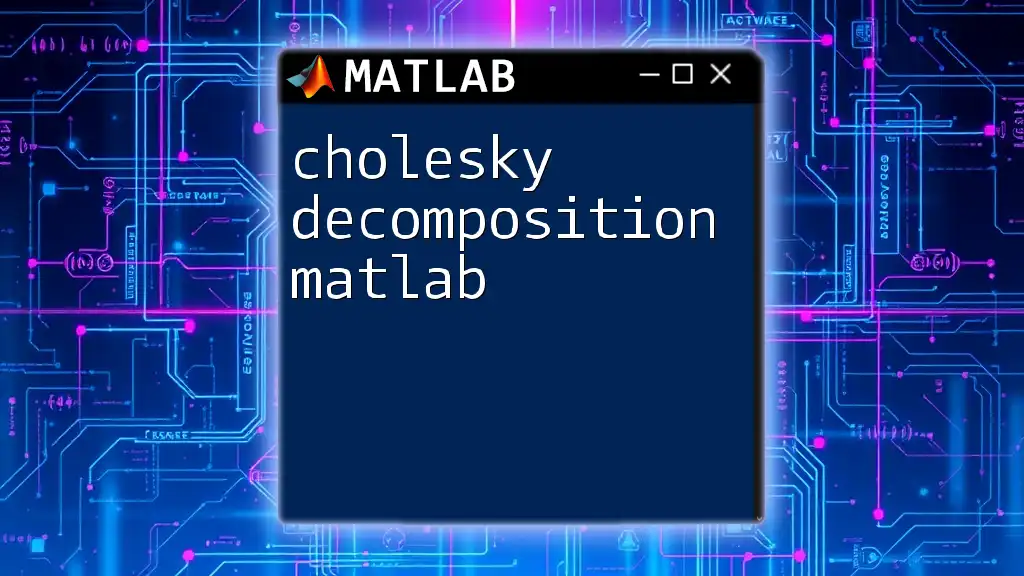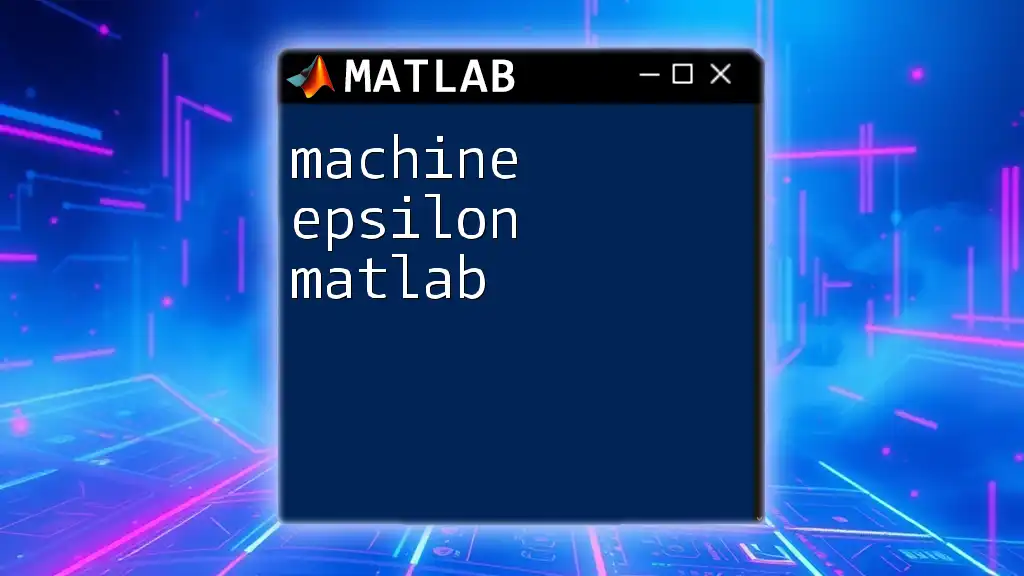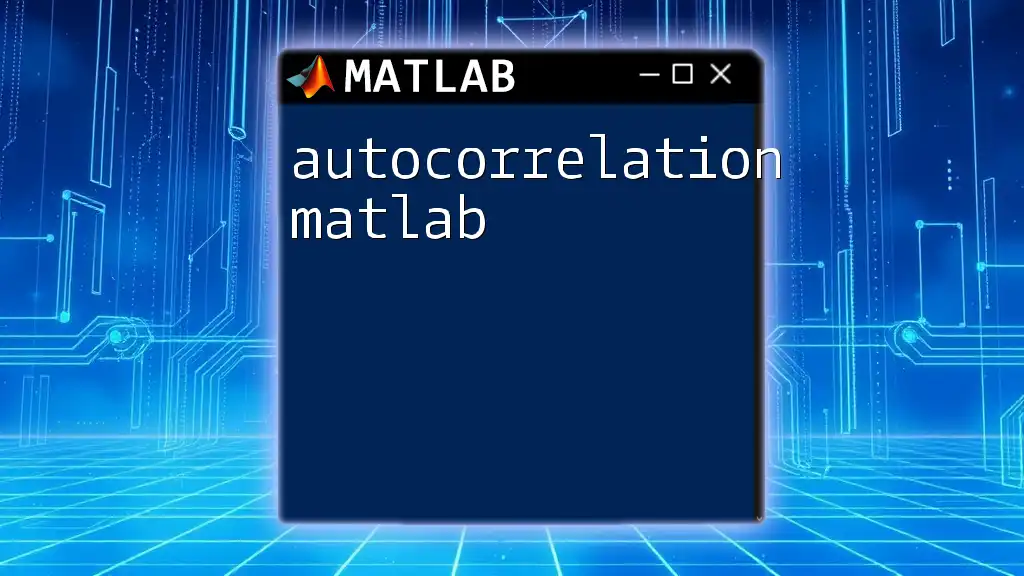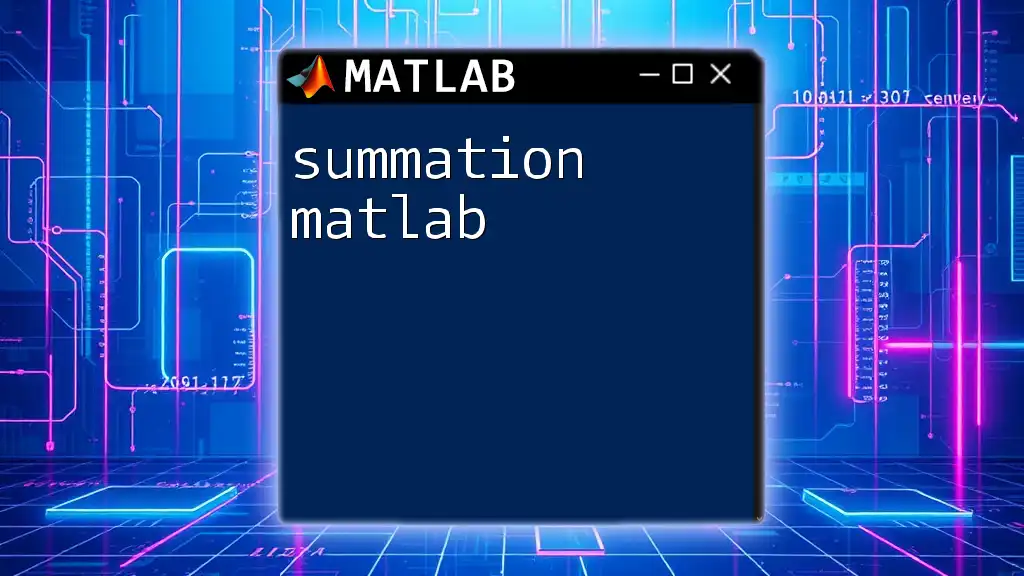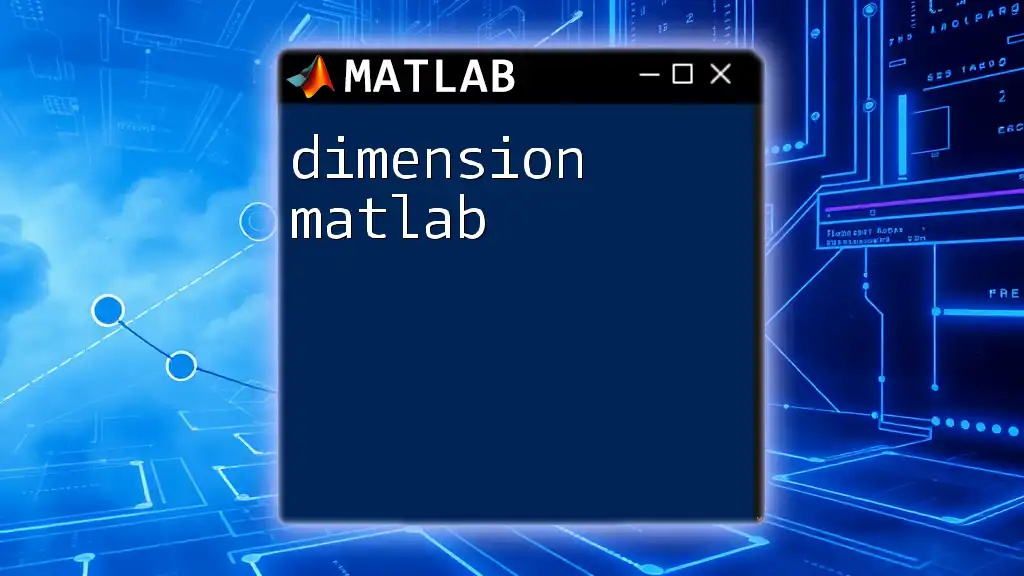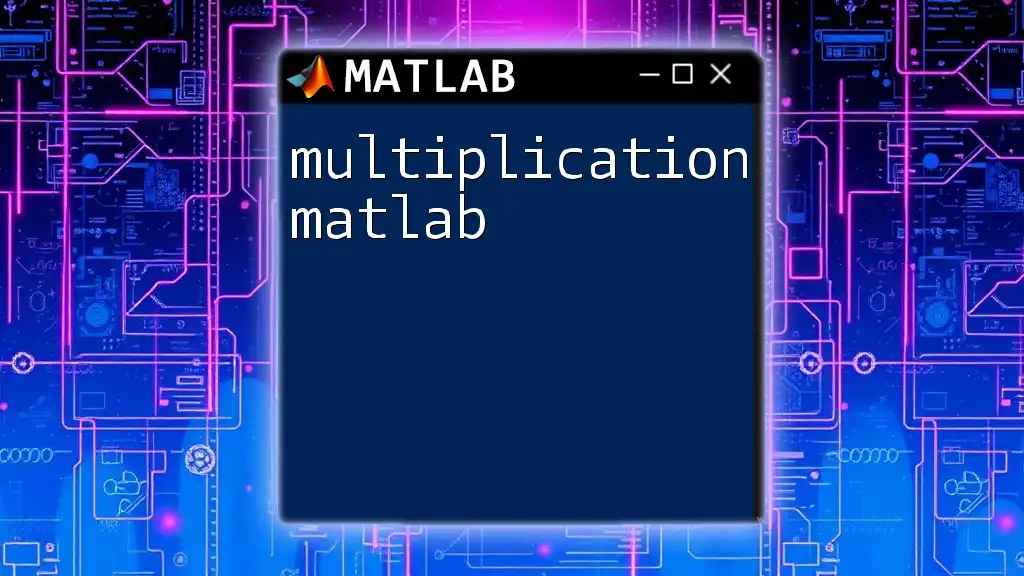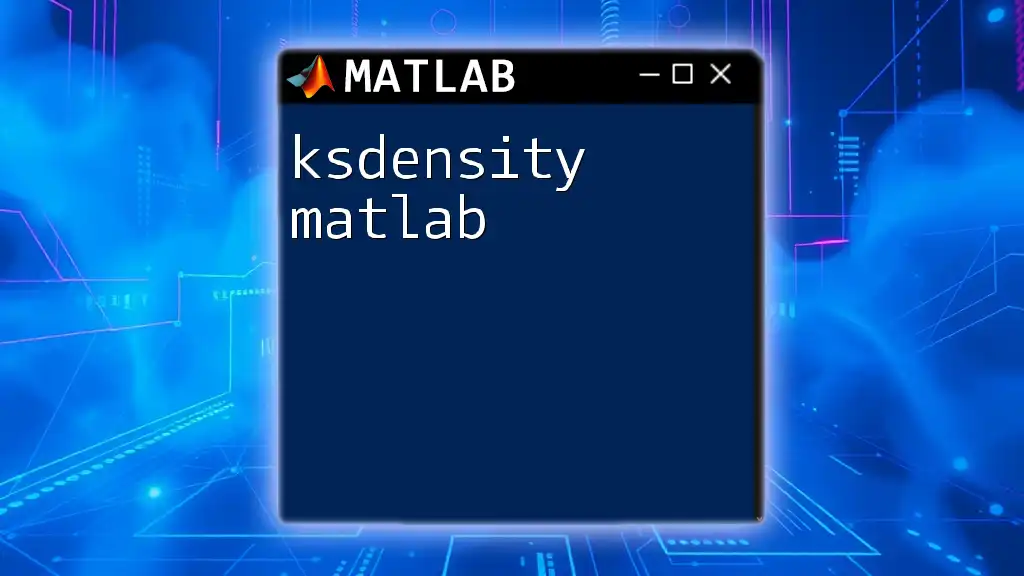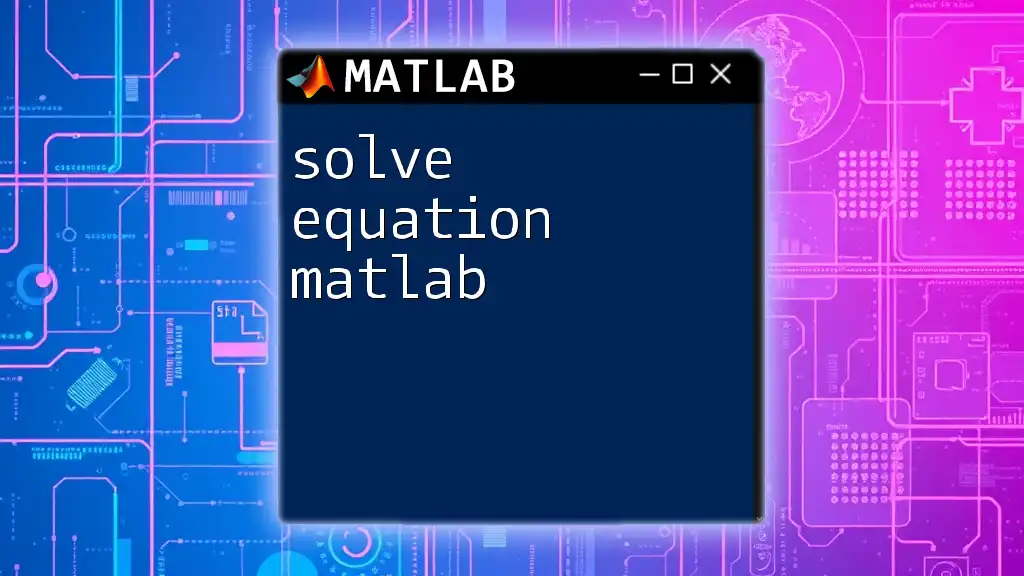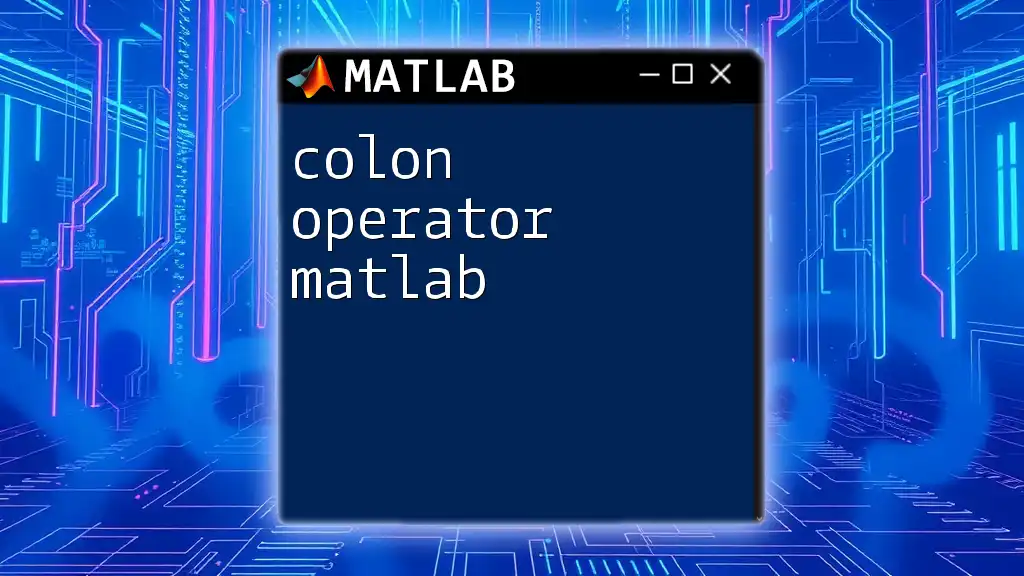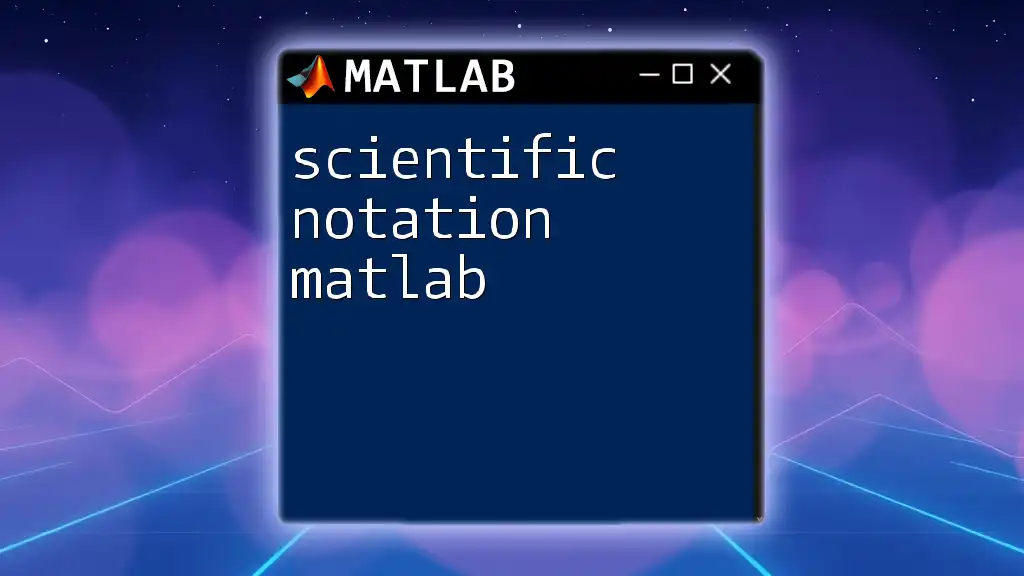Cholesky decomposition in MATLAB is a method used to factor a positive definite matrix into the product of a lower triangular matrix and its transpose, enabling efficient solutions for systems of linear equations.
Here's a code snippet for performing Cholesky decomposition in MATLAB:
A = [4, 12, -16; 12, 37, -43; -16, -43, 98]; % Example positive definite matrix
L = chol(A, 'lower'); % Perform Cholesky decomposition
Introduction to Cholesky Decomposition
What is Cholesky Decomposition?
Cholesky decomposition is a numerical method used to factor a positive-definite matrix into the product of a lower triangular matrix and its transpose. Specifically, for a given matrix \( A \), it can be expressed as:
\[ A = L L^T \]
where \( L \) is a lower triangular matrix. This decomposition is significant in numerical linear algebra as it simplifies the solving of systems of linear equations, among other applications. Its relevance extends to fields such as statistics, machine learning, and numerical analysis, especially when dealing with covariance matrices and optimization problems.
Why Use MATLAB for Cholesky Decomposition?
MATLAB is renowned for its effective computational capabilities and user-friendly environment for mathematical applications. The language offers built-in functions that greatly simplify the process of matrix decomposition, making it a preferred choice for engineers and data scientists. With powerful numerical libraries and intuitive syntax, users can quickly employ Cholesky decomposition without venturing deep into theoretical complexities.
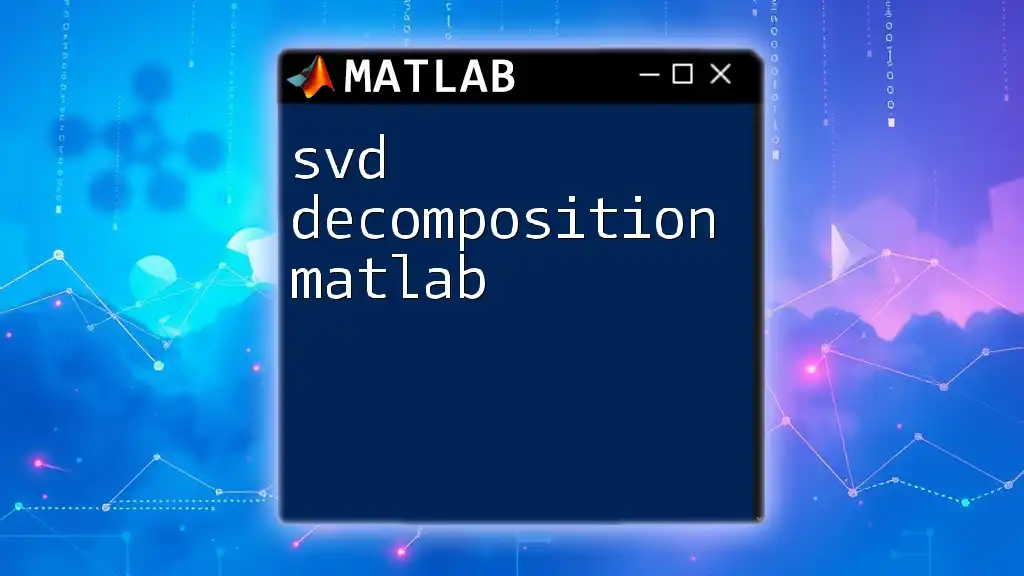
Understanding the Mathematical Background
Conditions for Cholesky Decomposition
To successfully apply Cholesky decomposition, one essential condition must be satisfied: the matrix must be positive-definite. A matrix \( A \) is considered positive-definite if for any non-zero vector \( x \), the following condition holds:
\[ x^T A x > 0 \]
Common examples of such matrices include symmetric matrices with all positive eigenvalues. If a matrix does not meet this criterion, the decomposition fails, leading to computational errors.
Mathematical Explanation of the Decomposition
The concept behind Cholesky decomposition is straightforward yet elegant. When we decompose a matrix \( A \) into \( L L^T \), awareness of the properties of triangular matrices is vital. The resulting lower triangular matrix \( L \) retains key structural information which is exploited when performing operations such as forward and backward substitution.
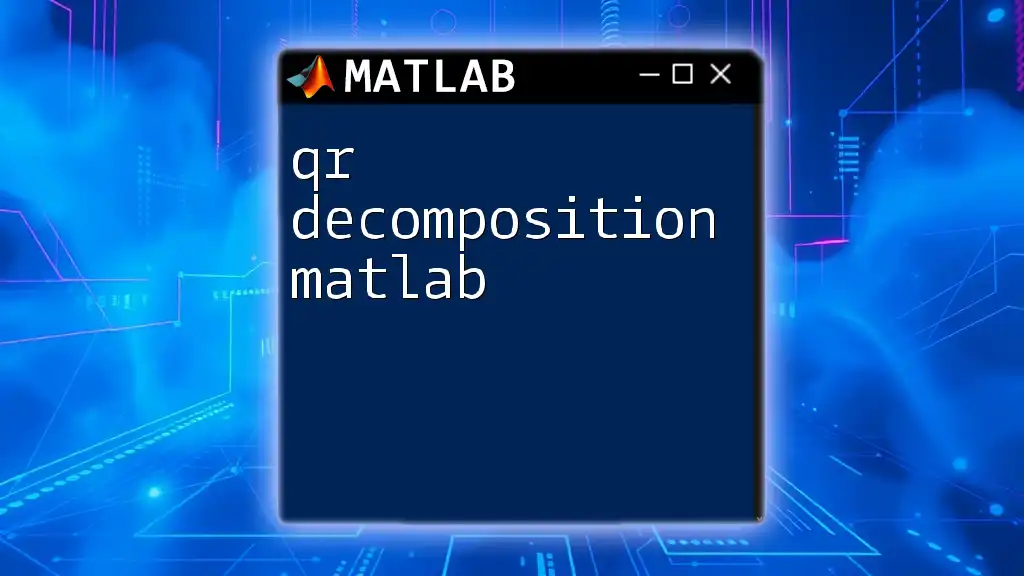
Implementing Cholesky Decomposition in MATLAB
Getting Started with MATLAB
Before diving into the specifics of Cholesky decomposition, it is prudent to familiarize oneself with the MATLAB environment. Key commands, such as `help`, `clc`, and `clear`, aid in navigating the interface effectively. Downloading pre-defined matrix examples and scripts from MATLAB's extensive documentation can provide a solid foundation for users.
Using Built-in Functions
MATLAB offers a built-in function, `chol`, which simplifies Cholesky decomposition into just one line of code. The syntax is as follows:
R = chol(A)
Here, \( A \) is the input matrix, and \( R \) is the resulting upper triangular matrix. For instance, consider the matrix:
A = [4, 2; 2, 3];
R = chol(A);
The output \( R \) will be an upper triangular matrix such that \( A = R^T R \).
Manual Implementation of Cholesky Decomposition
While using built-in functions is efficient, understanding the underlying mechanism is invaluable. The following code snippet demonstrates a manual implementation of the Cholesky decomposition algorithm:
function L = cholesky(A)
[n, m] = size(A);
L = zeros(n);
for j = 1:n
L(j, j) = sqrt(A(j, j) - L(j, 1:j-1) * L(j, 1:j-1)');
for i = j+1:n
L(i, j) = (A(i, j) - L(i, 1:j-1) * L(j, 1:j-1)') / L(j, j);
end
end
end
In this code, the function `cholesky` takes matrix \( A \) as input and computes the corresponding lower triangular matrix \( L \). Each iteration fills in the appropriate values based on the relationships defined by the properties of triangular matrices.
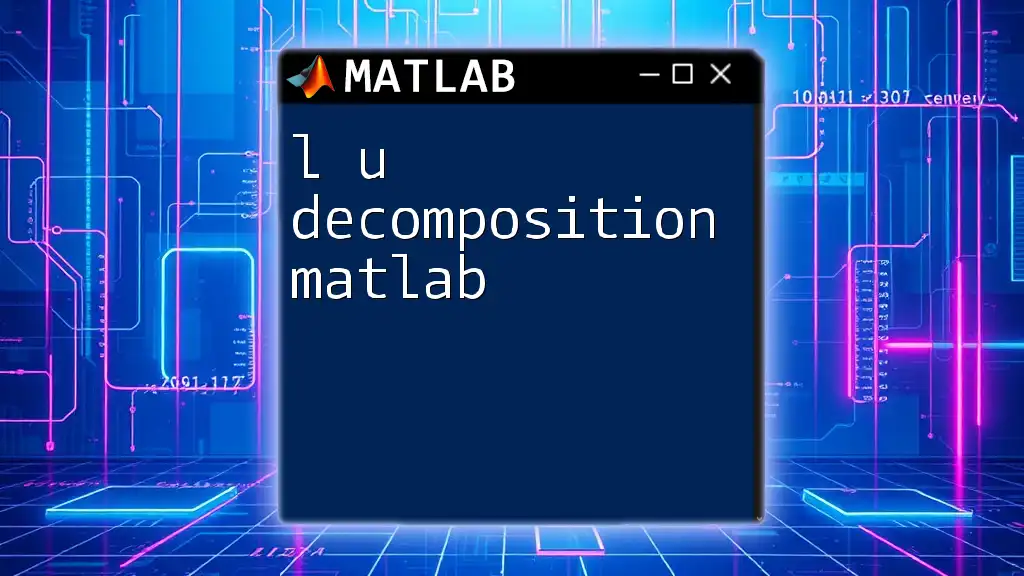
Applications of Cholesky Decomposition
Solving Linear Systems
Cholesky decomposition is particularly useful for solving linear systems of the form \( Ax = b \). Once the matrix \( A \) is decomposed into \( LL^T \), the system can be solved via two substitution steps: first solving for \( y \) in \( Ly = b \), and then solving for \( x \) in \( L^T x = y \).
Consider a specific example where \( A \) is:
A = [4, 2; 2, 3];
b = [4; 7];
Using Cholesky decomposition to solve this system can be implemented as follows:
L = cholesky(A);
y = L \ b; % Forward substitution
x = L' \ y; % Backward substitution
Here, \( y \) is computed via forward substitution and then \( x \) is derived using backward substitution.
Optimization Problems and Machine Learning
Cholesky decomposition plays a critical role in optimization problems, particularly in Bayesian statistics where covariance matrices are involved. For instance, the decomposition can simplify computations for multivariate normal distributions, ensuring that calculations involving covariance structures remain computationally efficient.
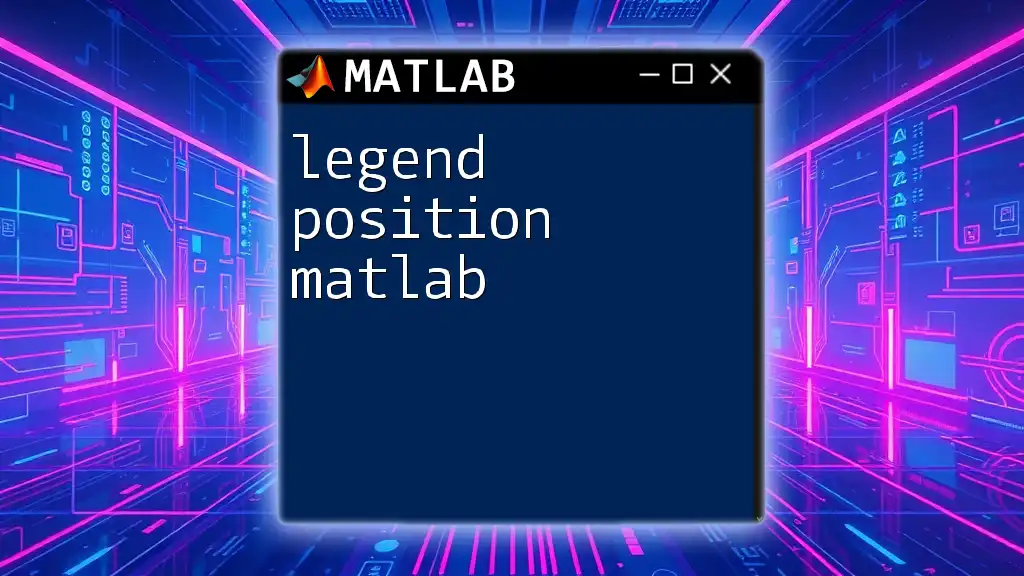
Common Errors and Troubleshooting
Common Mistakes
One frequent error encountered is attempting to decompose a non-positive definite matrix, which results in MATLAB returning an error. Users must ensure that their input matrices satisfy the necessary conditions for decomposition.
Debugging Tips
When faced with errors, users should closely inspect their input matrices. Utilizing MATLAB's error messages can help identify issues promptly. A good practice involves displaying the matrix or its properties at various stages throughout the process to ensure all calculations align with expectations.

Conclusion
Cholesky decomposition is a powerful tool in MATLAB that provides significant advantages in solving linear systems, optimizing algorithms, and performing statistical analyses. Understanding not only the how but also the why behind its implementation enriches the user experience and enhances problem-solving capabilities.
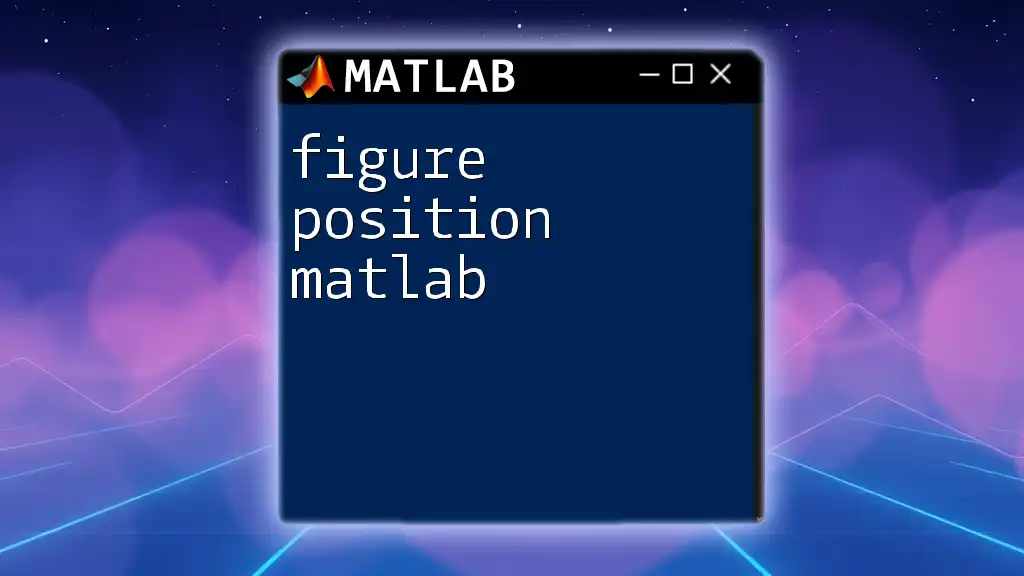
Call to Action
To dive deeper into the world of MATLAB and its capabilities, consider enrolling in our MATLAB courses. With targeted instruction, you’ll gain invaluable insights into efficient programming techniques and deepen your understanding of linear algebra. Explore our other articles for a broader understanding of MATLAB’s extensive functionalities and applications in various fields!

